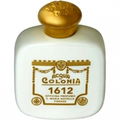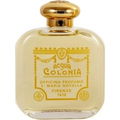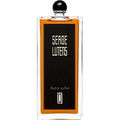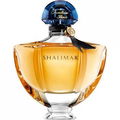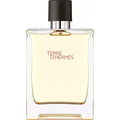12/06/2024

Phabu
9 Reviews

Phabu
2
A classic eau de cologne
One can’t help but be charmed by the history of this fragrance, from the oldest perfume house in the world. Of course, this is not the original formula from 1533, commissioned by Caterina de' Medici as a gift for the king of France. And utilising some carefully crafted copywriting, Santa Maria Novella don’t outright claim that it is. Perhaps wisely, given that to do so would be claiming invention of eau de cologne some 150-odd years earlier than any other.
This is a very classic eau de cologne – refreshing citrus mixed with aromatic herbal notes. The citrus notes in this opening are reminiscent of sweet orange fruits, with neroli and light orange blossom acting as the bridge (commonly the case with classic eaux de colognes). The interplay between the citrus and herbal aromatic notes is very important in any eau de cologne, and this one achieves it quite well, with the lavender note coming through with the citruses in the opening.
As with most colognes, this fragrance's longevity is fairly poor. Once the volatile citrus notes dissipate, the herbaceousness of lavender and rosemary comes through quite prominently, perhaps drawing from the house's pharmaceutical roots. This leads to a somewhat medicinal quality to the scent in the dry down, which I imagine could be off-putting for some. Those expecting or wanting a blast of bracing, refreshing coolness are likely to be disappointed here.
It’s a great little collector’s piece, particularly if you can pick one up from their beautiful store in Florence, but as far as eaux de colognes go, I do think there are better alternatives out there.
This is a very classic eau de cologne – refreshing citrus mixed with aromatic herbal notes. The citrus notes in this opening are reminiscent of sweet orange fruits, with neroli and light orange blossom acting as the bridge (commonly the case with classic eaux de colognes). The interplay between the citrus and herbal aromatic notes is very important in any eau de cologne, and this one achieves it quite well, with the lavender note coming through with the citruses in the opening.
As with most colognes, this fragrance's longevity is fairly poor. Once the volatile citrus notes dissipate, the herbaceousness of lavender and rosemary comes through quite prominently, perhaps drawing from the house's pharmaceutical roots. This leads to a somewhat medicinal quality to the scent in the dry down, which I imagine could be off-putting for some. Those expecting or wanting a blast of bracing, refreshing coolness are likely to be disappointed here.
It’s a great little collector’s piece, particularly if you can pick one up from their beautiful store in Florence, but as far as eaux de colognes go, I do think there are better alternatives out there.




 Top Notes
Top Notes  Neroli
Neroli Petitgrain
Petitgrain Italian citrus fruits
Italian citrus fruits Heart Notes
Heart Notes  Lavender
Lavender Clove
Clove Rosemary
Rosemary Base Notes
Base Notes  Musk
Musk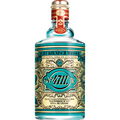
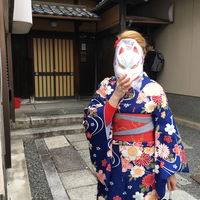







 Elijahrb67
Elijahrb67 Coffeecat283
Coffeecat283 RisingChaos
RisingChaos









